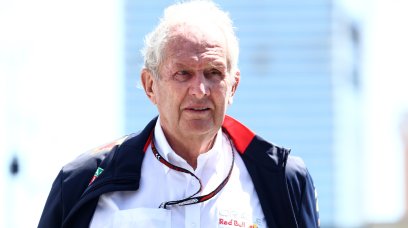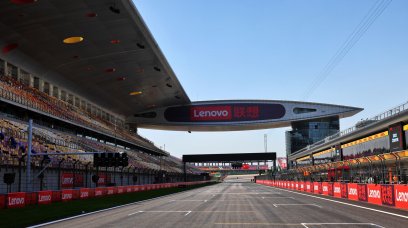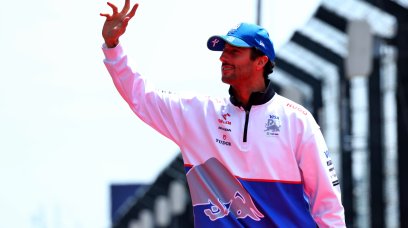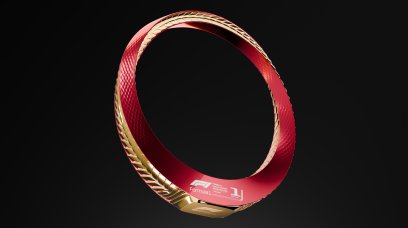Ferrari are expecting high tyre wear at this weekend's Japanese Grand Prix at the Suzuka Circuit. Suzuka is unique on the F1 calendar as only circuit in a figure-of-eight layout, meaning tyre wear is distributed more evenly across both sides of the car. The circuit also has plenty of long corners that contribute to high tyre wear, and the high probability of rain during the weekend will make the Japanese Grand Prix a tough race for tyre management, as Ferrari's Head of Tyre Science, Carlos Galbally, explains. "It's a very high energy track, characterised by its high speed sections with frequent changes of direction," said Galbally. "It is an anomaly in the season in terms of left-to-right energy distribution, being the most symmetric track of the year (with as much energy turning left as you have turning right). "Due to the high energy content, Pirelli brings the three hardest compounds available (C1/C2/C3), which is actually the least common combination, only used at five races, with Japan being the last of them. "Tyre wear rates are on the high side, because of the long combined corners, while the track abrasion level is typically on the medium to high side. "The combination of all these factors, along with the unpredictable weather, makes Suzuka an intense test for every aspect of tyre management."
FP2 runs will be 'critical'
With high tyre wear expected, Galbally said Ferrari's running during FP2 would be critical in order to acquire enough data to manage Sunday's race effectively. "As with other high energy tracks, such as Spain, Silverstone or Holland, it will be important to get the right balance between warm-up over one lap and avoiding overstressing the tyres on the long runs, which always requires some compromises between qualifying and the race," said Galbally. "The FP2 long runs will also be of critical importance, as they provide the best chance to collect data needed for tyre race management. "This helps us give indications to the drivers and always plays a critical role in deciding on the best target strategy. "On this topic, the reduced amount of free practice time introduced this year poses some challenges, which we are overcoming through ever more accurate pre-event simulation preparation."
Most read




















